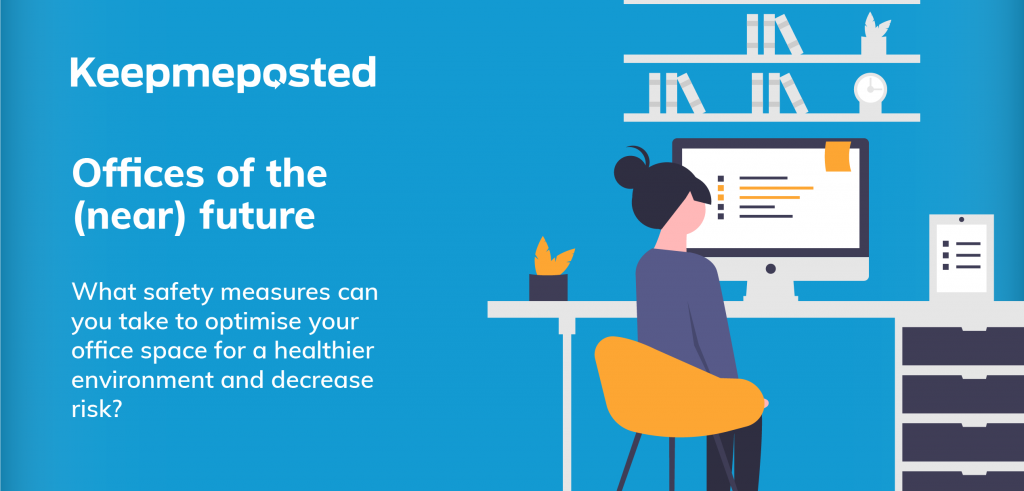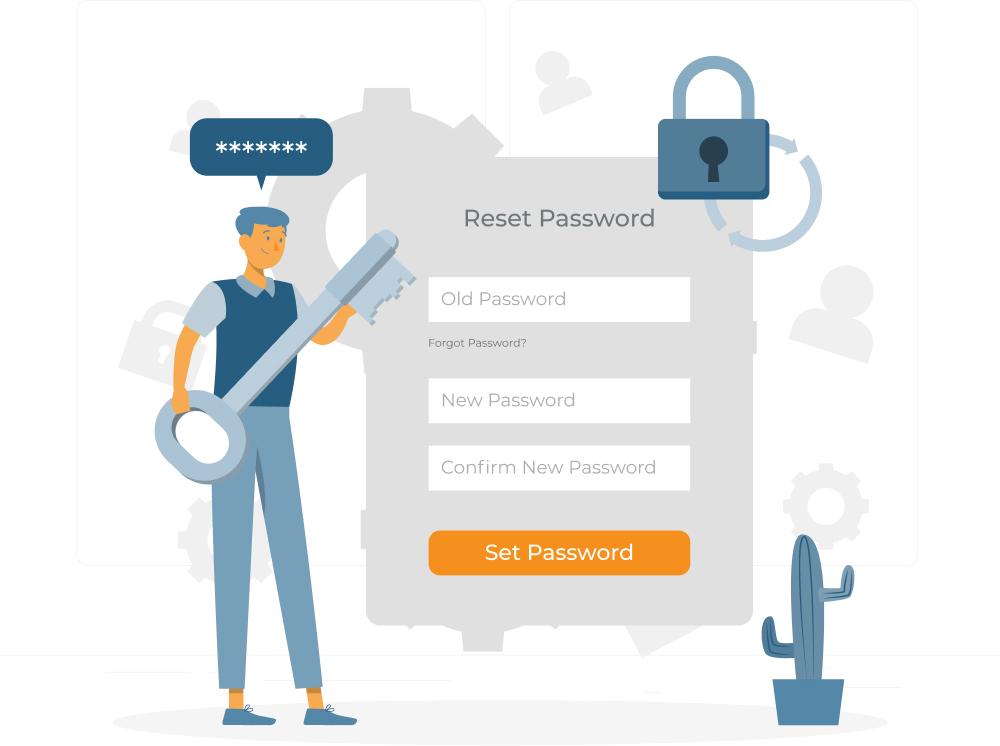As the novelty of #wfh (working from home) wears off, and life seems to be going toward a more positive, “normal” direction, companies are preparing their employees to get back to work; but what are they doing to prepare their offices and buildings for re-population?

Making sure your office is “healthy” ensures your employees are working in a safer environment and will prove to be effective even once life gets back to normal. What safety measures can you take to optimise your office space for a healthier environment and decrease risk? Here are some ideas.
Where remote work is possible, encourage it.
This decreases the number of persons within the building and will automatically decrease risk. This is particularly valid for crowded or open office plans. It also allows employees to ease into yet again, a new way of work. If this isn’t possible, another way to go around this is to create a schedule for workers to come in on a shift basis or day in, day out. This will limit the number of people in the building at any one time.
Make sure air is circulated
No one likes stagnant, stuffy offices, and this has never been truer than it is now. Make sure there is good ventilation and an easily accessible outdoor area, which your employees can access during their breaks.
Enable more than one area for breaks
If too many people are stuffed in a small kitchen during break it won’t help. Enable more flexible break hours, an outdoor area, a terrace or secondary room. This reduces contact between staff and is a healthy break from sitting at a desk.
Make sure the 2m social distancing rule applies to desks too
It’s no use encouraging social distancing when desks are next to each other, crammed or lacking proper boundaries. If desks are next to each other, re-arrange the office space to allow 2m distance between each colleague and desk. This will also enable employees to follow social distancing recommendations.
Where possible, use messaging apps to communicate
If a message can get across via a messaging tool such as Slack or Teams, it’s worth utilising it to avoid contact and limiting the spread. An option would be to limit contact outside of teams. So whilst coworkers can communicate freely (and out of necessity) with colleagues within their team, they should limit contact outside of their teams. This will further contain the spread.
Encourage use of masks
Whilst masks are now compulsory for entry into shops in Malta, it is worth enforcing also when employees are at work, particularly when there needs to be face-to-face communication
Stagger arrival and departure times
Allow more flexibility in work hours. If there is a delay in arrival time even of just 10 minutes between colleagues it will eliminate traffic jams at lifts or common areas.
If a meeting is necessary…
Whilst meetings of four people and over should be discouraged (as per the enforced regulation – banning outdoor meetings to up to 4 people), where necessary there some safety precautions you can take. Keep a healthy distance between colleagues (such as 2 desk chairs), wash hands before and after each meeting and skip the handshake. Leaving the door open, or meeting in open spaces, are also safety measures which are worth taking.
It is safe to say that even after a global pandemic becomes a memory, safety measures and healthy buildings will remain a must-have.
Any other measures you’ve implemented? Let us know!
Share this article with a colleague or friend.
This article is part of our ‘Covid-19 & the Job Market’ resource pack. View more here.


